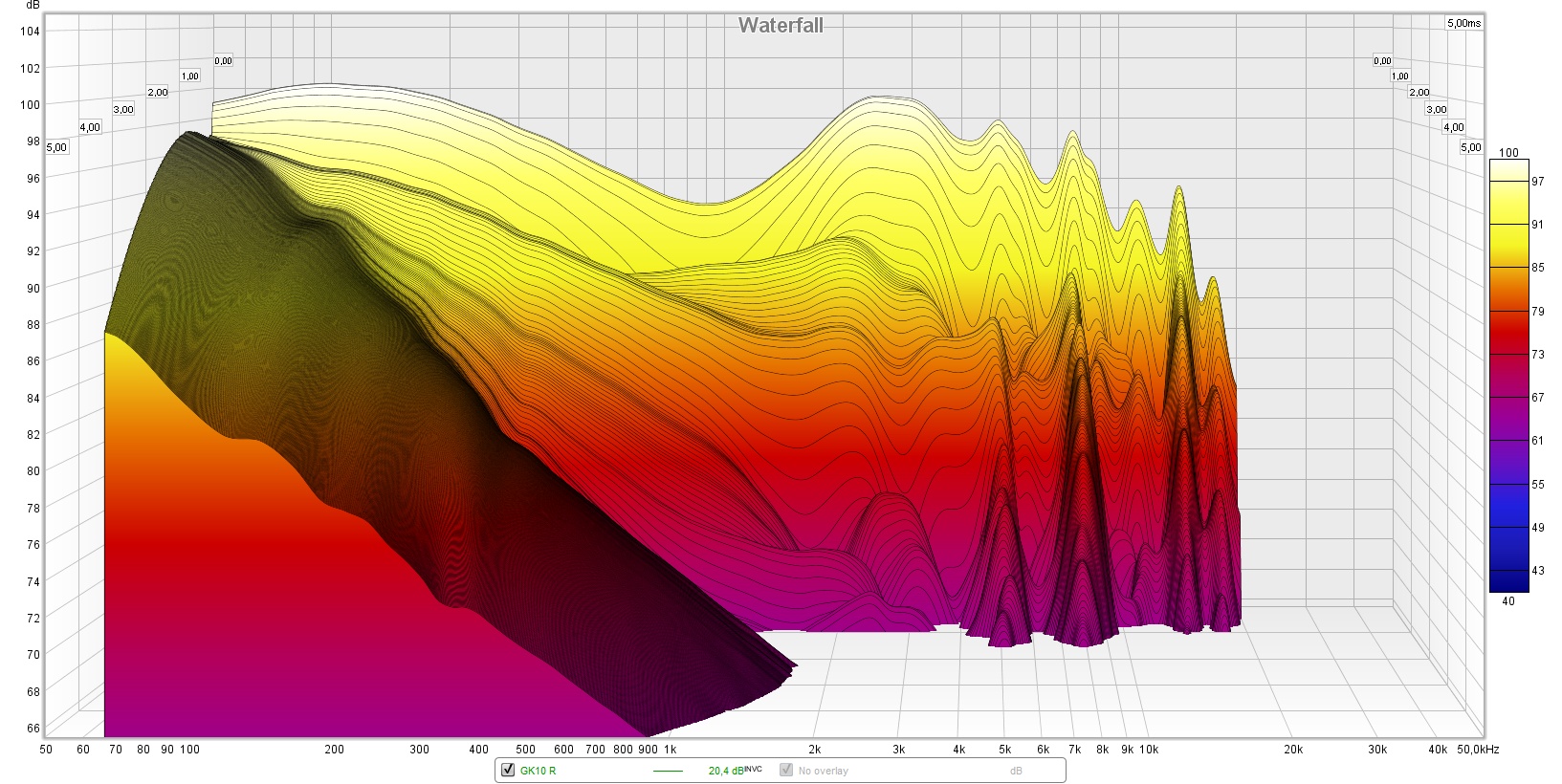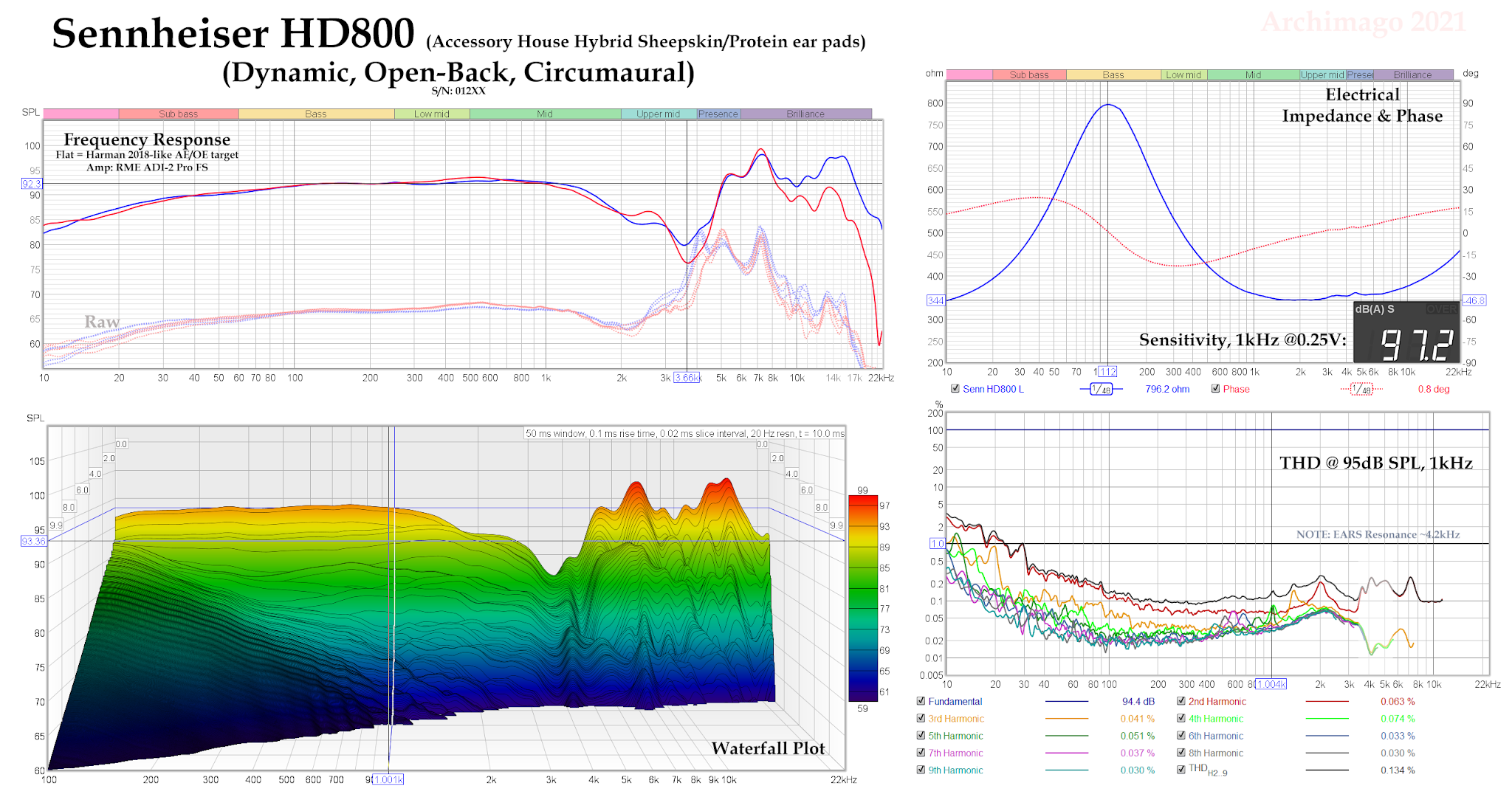Coherency is a complicated topic because there are several aspects described within the overarching umbrella: time, phase, attack and decay.
Time coherency is based on the difference in distance from the listener's ears to the various drivers in a speaker array. This is significantly minimized in IEMs because we're dealing with millimeters instead of feet, so time coherence is pretty much a non-issue for IEMs as long as there aren't massive disparities between the sound tube length between drivers or driver placement within an open resonance shell.
Phase coherence is related to time coherency in loudspeakers, but for IEMs it basically means that all of the individual drivers should have the same phase as long as their attack speed is close enough
Attack and decay are intricately related as they are determined largely by the mass of the driven diaphragm, the strength of the magnetic spring force (determined by the size and number of windings of the voice coil and the strength of the permanent magnet), and the strength of the mechanical spring force, which is determined mostly by the surround material of the driver which joins the diaphragm to the surface. Use a very stiff membrane material with something that has a light membrane and strong magnetic spring force and you get a driver that has high attack speed and quick decay. Use something with a very soft membrane material instead, but the same configuration for everything else and you get something with high attack speed but a slower decay because there's less force pulling the driven diaphragm back to its nominal position. There are various other configurations as well, but you'll usually see similar magnetic spring force in IEM drivers to increase efficiency, and the primary difference will be in diaphragm mass and surround stiffness. Use a heavier diaphragm with a softer surround and you get a driver suited to being a subwoofer. Use something light with a stiff surround and you get a midrange, full range, or tweeter driver, often based on size.
the best way to hear the difference between a more an less coherent driver is to listen to the same music, preferably something relatively busy that has clear sounds in various frequency bands, on two different sets: a single driver set and a multi-driver or hybrid set. In IEMs, it is typically differences in the rate of decay that result in the perception that something is less coherent, since single-driver sets have a pretty predictable rate of change for decay, wherein low frequencies decay slower than higher frequencies. In multi-driver arrays, a midrange driver or tweeter may decay more slowly at the bottom of their usable frequency range compared to the rate of decay of the previous driver at the top of its usable range. This can result in the perception that the driver is less coherent. With the GK10 as an example:

You can see that the rate of decay is slower at 5kHz, 8kHz and 15/18kHz. This is likely related to the rate of decay for those particular drivers (the BA and piezo drivers) being slower at the beginning of their crossover point compared to the upper range of the graphene midrange driver. You can also see that the titanium composite driver decays extremely slowly compared to the other drivers, which is quite different from how a single DD set decays from this over-ear headphone's plot:

you can see that there's still some breakup above 4kHz, which is something you can largely avoid in IEMs because of the driver size being so much smaller in single DD IEMs, but look at how the rate of decay occurs from 100Hz all the way through the graph. It diminishes almost linearly (due to the frequency representation in the graph's axes, the actual rate of decay is more logarithmic, but it's more about the decay being a smooth transition until it levels out when the driver reaches a certain equilibrium. In this case, it's around 2kHz that this occurs, and the decay remains largely the same.
And here's one from the Toneking T5, a 5BA per side set, to demonstrate that multi-driver sets don't necessarily come with poorer coherency:
Also note that drivers tend to have slower decay from higher amplitude, so the decay at the peaks at 2.5, 4.5, and 8.5kHz are pretty much in line with everything else. Interestingly, the rate of decay of the BA drivers they're using seems to start off slowly then progress more rapidly after about 4.13 seconds, which is quite interesting.






























